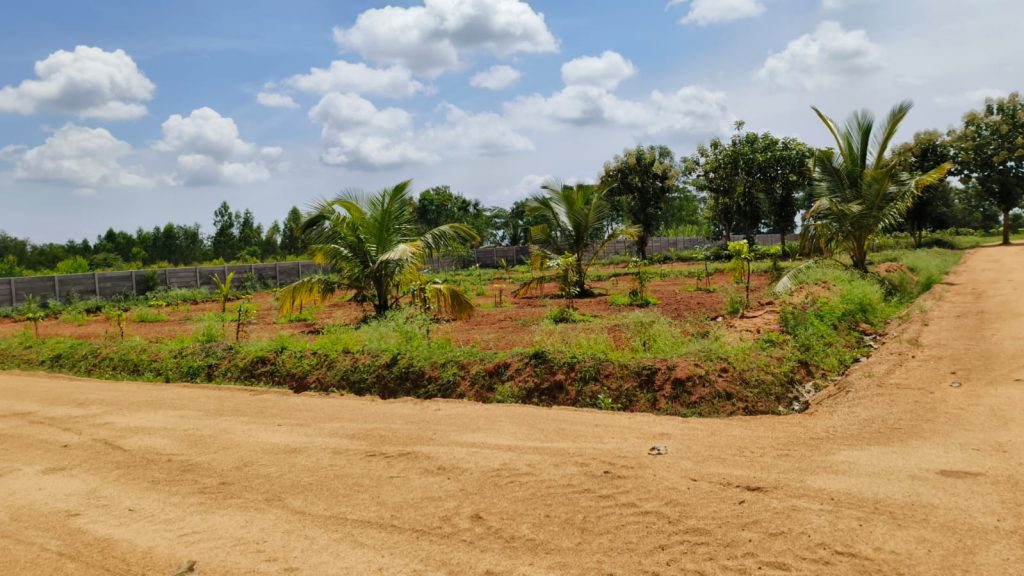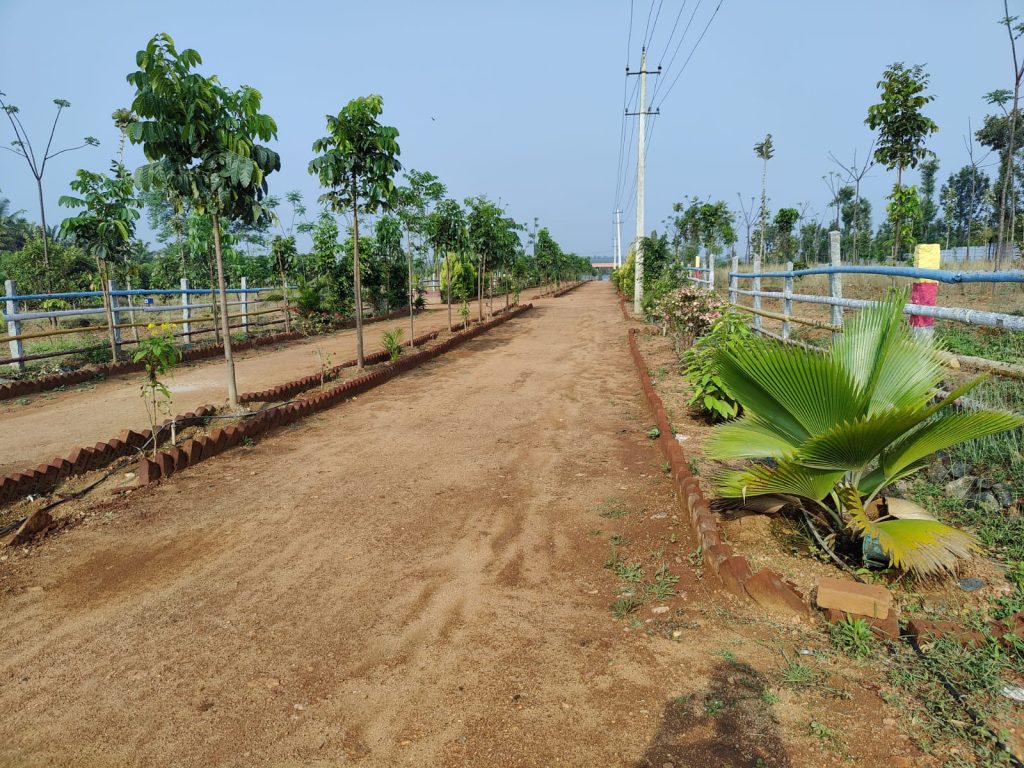
Are you considering an investment in agricultural land near Mysore? It’s a decision that holds tremendous potential. Here’s why.
Benefits of Agriculture Land Near Me
Investing in agricultural land near you offers numerous advantages. Firstly, it provides a tangible asset that tends to appreciate over time, offering a hedge against inflation. Secondly, such lands often have diverse usage potential, from farming and cultivation to potential development opportunities in the future. This versatility can significantly enhance the land’s value.
Agricultural Land for Sale Near Me: Strategic Location
The location of agricultural land for sale near you plays a crucial role in its investment value. Proximity to urban areas like Mysore ensures accessibility and convenience, which are attractive qualities for potential buyers or developers looking to capitalize on future growth.
Factors to Consider When Buying Agriculture Land Near Me
When scouting for agricultural land near you, several factors warrant consideration:
- Soil Quality: Assess the soil’s fertility and composition, directly impacting agricultural productivity.
- Water Availability: Reliable water sources or access to irrigation facilities are vital for sustained agricultural activities.
- Legal Aspects: Ensure the land has clear titles and complies with local zoning regulations for agricultural use.
Why Agricultural Land Near Me Makes Financial Sense
From an investment perspective, agricultural land near your location can offer steady returns through farming leases or potential capital appreciation. Moreover, it provides a tangible asset that diversifies your investment portfolio beyond traditional options like stocks or real estate.
Conclusion
Investing in agricultural land near Mysore or your locality is a prudent financial move and aligns with sustainable investment practices. The potential for long-term growth, coupled with the intrinsic value of land, makes it a compelling choice for investors looking to secure their financial future.
Take Action Today
Explore the available agricultural land for sale near Mysore and seize this opportunity to diversify your investment portfolio. With careful consideration of location, soil quality, and future development prospects, you can make a sound investment that yields financial returns and contributes to agricultural sustainability.




